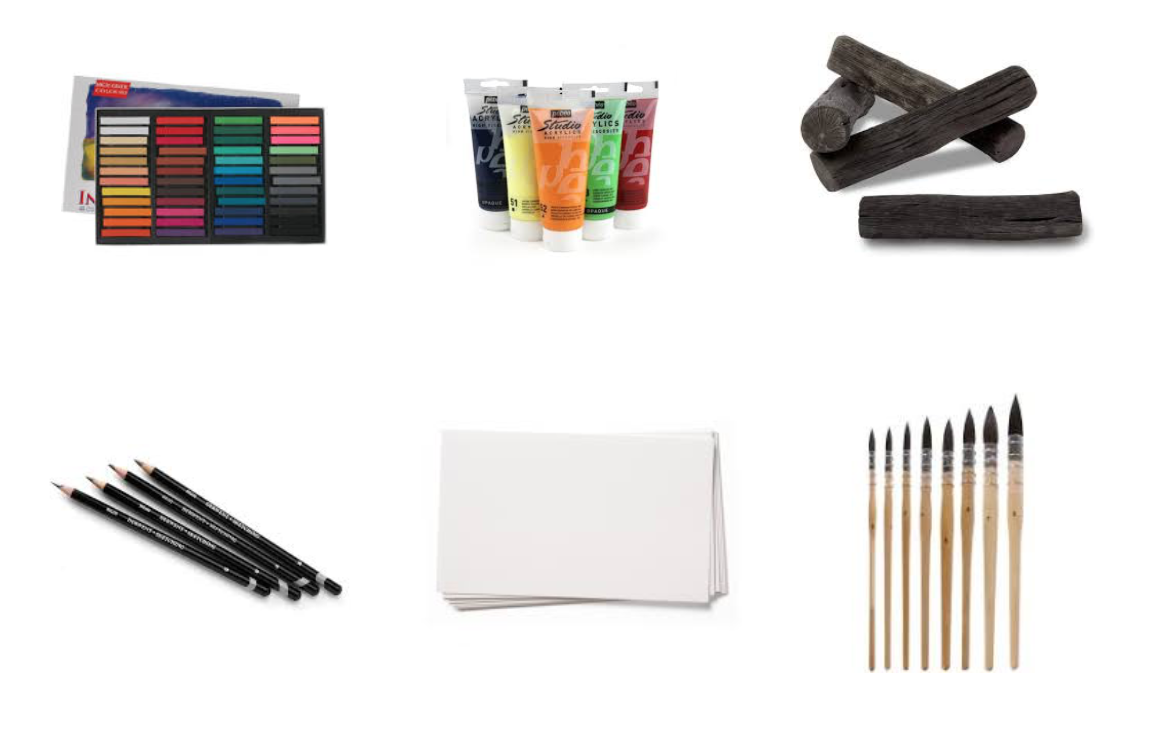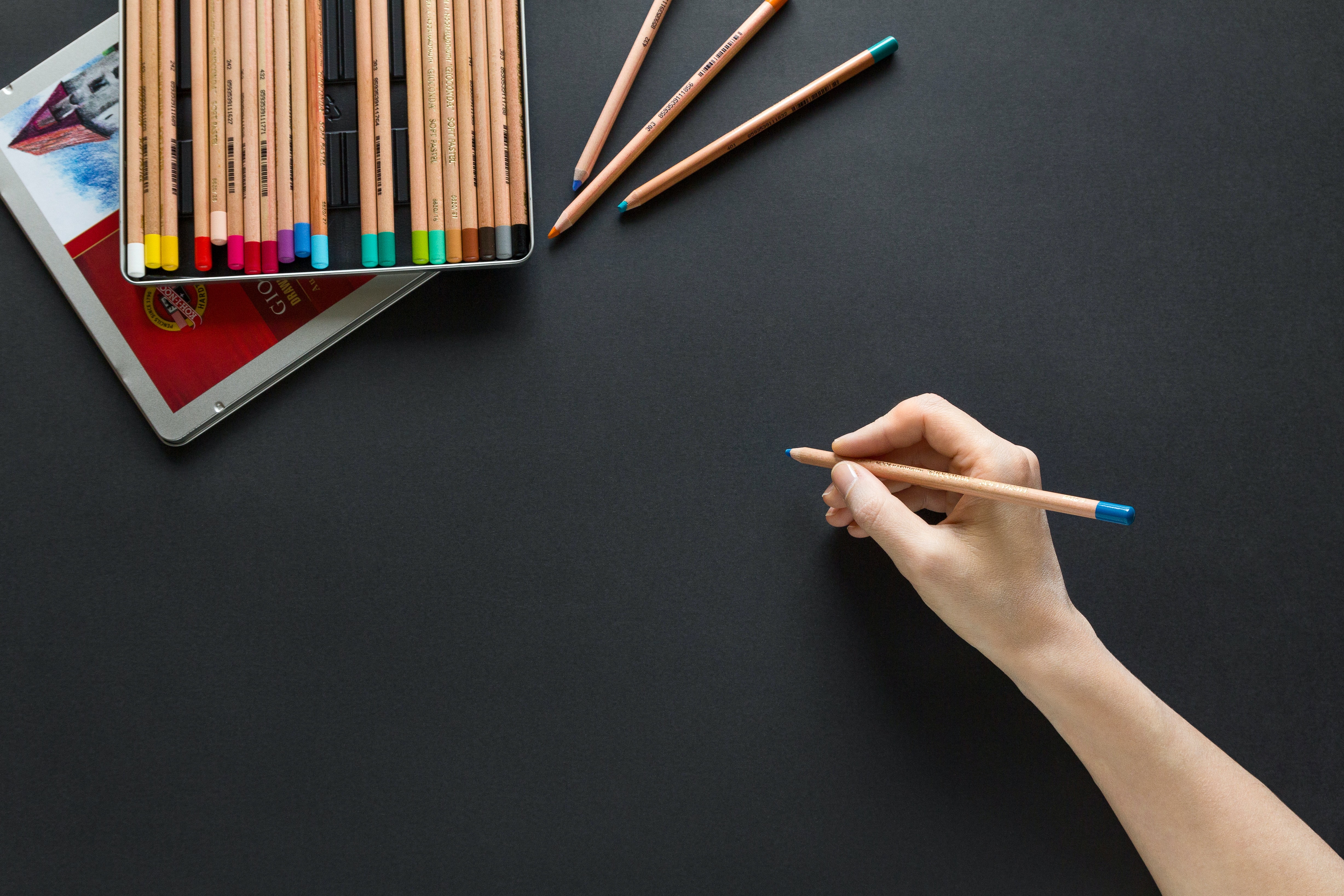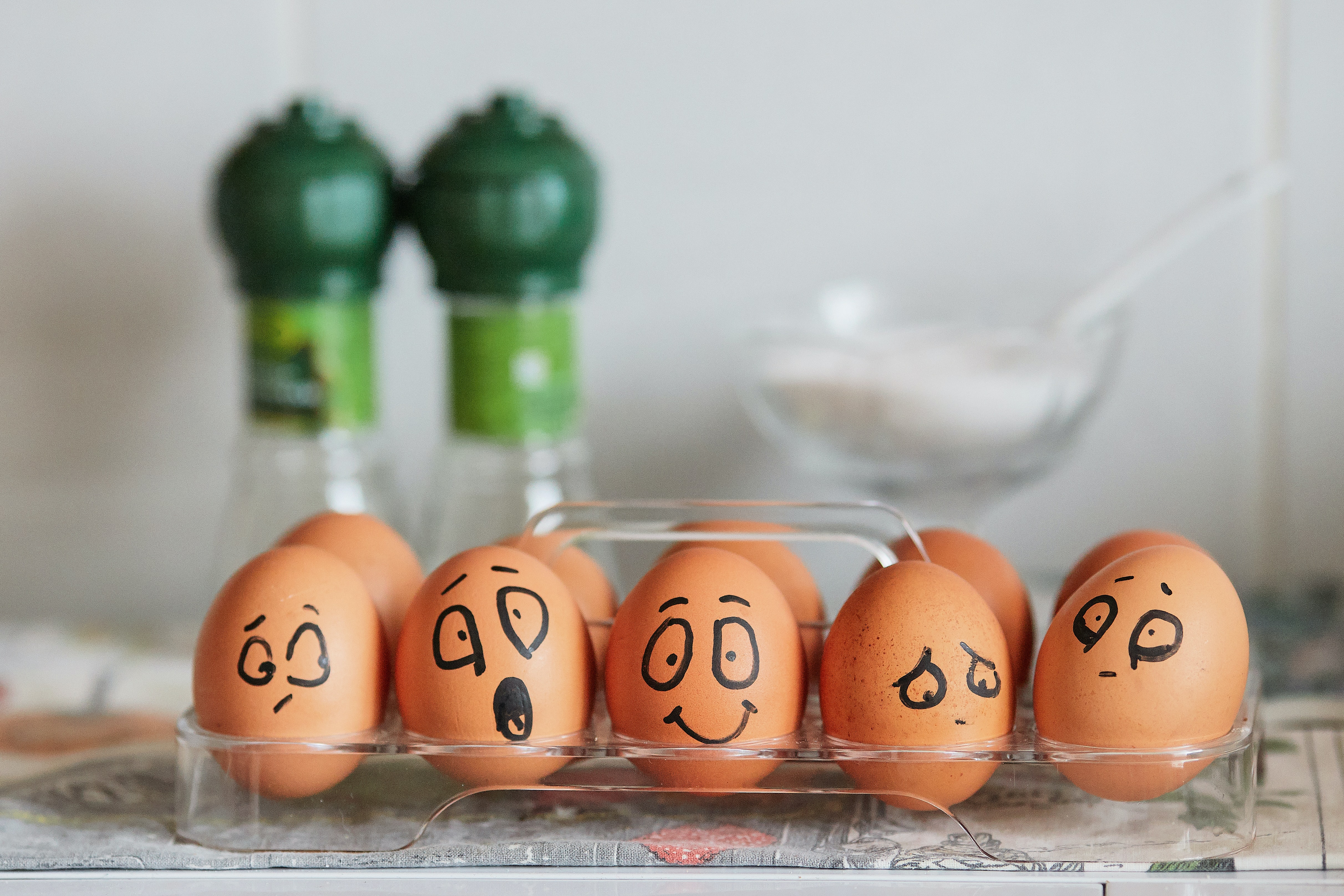By Rebecca Barton
Make your mark and free your expression. Take a moment to let yourself run with the pencil, charcoal, pastel, whichever you choose, there are no restrictions!
Don’t forget to share your drawings or post online and tag @natsatclub and @raveoutreach
Overview
Practice makes perfect – the more you spend time drawing the more you will develop your own skill and style.
However, sometimes simply drawing what you see can feel dull, this challenge asks you to approach drawing more freely by getting you to draw in a number of different ways.
The challenge is to create work without worrying too much about accuracy and realistic proportions, rather an emotional/sensory response to what you are looking at – the results will surprise you and hopefully you will have fun doing them.
Brief
You have three hours in which to produce a series of drawings based on the directions given below, try to do at least one drawing per prompt. There is no time given per drawing, but try to explore each one thoroughly before moving on.
The process and what it gives you is the important thing rather than the outcome. Ideally the work produced and the methods used, will work as a creative starting point for further drawings and paintings. The number of drawings you produce and to what level they are completed, whether that be full drawings or preparatory sketches, is up to you.
Materials needed
- General art equipment – whatever you have to hand is great.
- You can use a sketchbook or separate sheets, any size format is fine.
- Collect together any materials you have and use separately or together.

Activity part one – Invisible objects
Ask someone to put three objects into a bag, they mustn’t tell you what they are. Then you must put your hand into the bag and draw them, even if you guess what they are, don’t draw what you know, draw what you feel, ie take note of the texture and shape.
It may be that you draw a recognisable object, but alternatively you might have a more conceptual response, drawing simply the lines of what you feel. You can choose to draw all or one of the objects, or simply parts of them.
Activity part two – Draw without looking at your page
A simple blind drawing, choose some household objects, cans, and food packaging are great for these.
Using colour, produce a few simple sketches – normal rules apply:
1. Keep your eyes on the object
2. DO NOT look at the paper
3. Don’t lift your pen from the page
The trick is to ‘draw with your eyes’ and let your hand follow.

Photo by Neven Krcmarek on Unsplash
Activity part three – Sound
Make a series of marks based on your response to sound – does what you hear sound warm, cold, angry, exciting? How do you represent this in terms of line, media, colour and scale? Your response may be to make marks, or you may visualise a scene/characters.
Produce three drawings in response to what you’re listening to, you can select your own music or choose from some of those listed below:
Antonín Dvořák – Dvorak – String Serenade in E, Op.22 / Wind Serenade in D minor
Op.44 (spotify or YouTube)
Daniel Delaney – Thief of Sorrows, Come
Fantasia on a Theme by Thomas Tallis
Activity part four – Draw with both hands at once
Choose a simple object that you want to draw. Then, using two pieces of paper and two pencils/brushes draw the object with both hands at once.
Compare the drawings, consider creating a series of these, perhaps you swap the drawings over halfway and then draw on top with your other hand – what do the results show you? How can you use this in future work?
Activity part five – Draw with your toes or mouth
This is another method to explore your dexterity and to also show how you can create work that is different, and perhaps freer than what you normally produce.
Use the same objects as before – remember these are simply sketches rather than finished pieces – there is no such thing as a bad drawing in this context.
Activity part six – Draw your feelings

Photo by Tengyart on Unsplash.
Think of three words that describe how you currently feel – create a piece that responds to this. It may be that you produce something abstract, creating marks rather than something more recognisable, or that you create a picture of yourself.
Consider scale, colour, texture. It may be in 3D or a collage, whatever feels right.
Review
Once you have finished the drawings then take 10 minutes to look at them.
- Consider what you like/don’t like
- What have you learnt?
- What ideas could you take forward?
- How could you combine some of the processes/images? Perhaps combine processes or use the methods to create a bigger more finished piece.
Thank you for taking part in the Ravensbourne University London Saturday Club Workshop.
Share your drawings or post online and tag @natsatclub and @raveoutreach
Resources & References
The Fifth Sense – five contemporary artists who play with your senses
Contributed by Rebecca Barton, Ravensbourne University London Art&Design Saturday Club
Rebecca has worked as for several companies as a freelance womenswear designer, specialising in womenswear tailoring, but also more recently resort wear. Clients have included Mulberry, River Island, Kookai, Albeni.
“It’s been great to work with such a friendly and enthusiastic group of young people who have shown their genuine love, talent and commitment to learning about the fashion industry.”